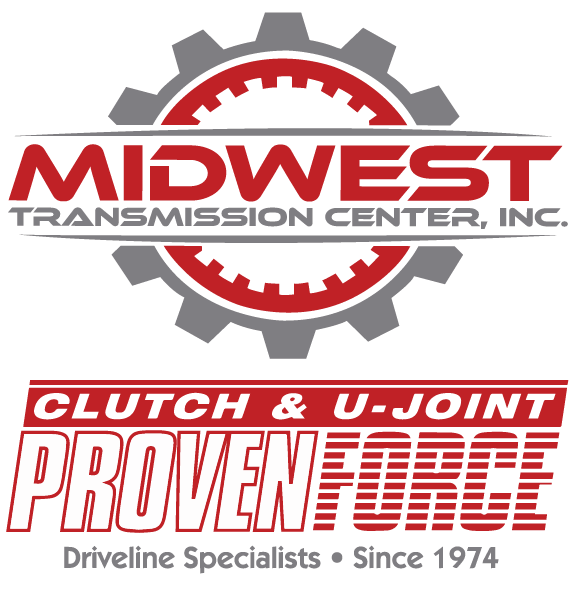Shift into Gear: A Deep Dive into Clutch Kits and Clutch Replacement
Replacing a clutch involves more than just swapping out the clutch disc! It's about addressing the entire clutch system to ensure optimal performance and longevity.
Join us as we explore how difficult clutch replacement is, what a complete clutch kit includes, the differences between clutch discs and clutch kits, and the essential components to replace with your clutch.
How difficult is replacing a clutch?
Replacing a clutch can vary in difficulty depending on several factors:
make and model of the vehicle
the type of transmission (manual or automatic)
the experience of the person performing the replacement
Before you start, understand the complexity of this task, as it requires some mechanical knowledge and experience. This understanding will help you prepare adequately for the job.
If you are new to replacing clutches, it may take longer to complete the task. You might need to use repair manuals or online resources for help.
Just remember, you're not alone in this process. Midwest Transmission can support and guide you through the process (including done-for-you options) to ensure you do the job right.
Replacing the clutch may not be easy, but it can be done with the right knowledge, patience, and equipment.
With that in mind, Midwest offers complete clutch kits from Luk and Southbend to make the process easier if you choose to do it yourself.
Complete Clutch Kits: What's Included?
You can find all the necessary components for a clutch replacement in complete clutch kits. Here's what you can generally expect to find:
Clutch Disc: Also known as the friction disc, this component engages and disengages the engine from the transmission. It contains friction material on both sides that grips the flywheel and pressure plate when engaged.
Pressure Plate: Bolted to the flywheel and applying pressure to the clutch disc against the flywheel, this part allows for power transfer from the engine to the transmission when engaged.
Release Bearing (Throw-out Bearing): Responsible for engaging and disengaging the clutch when the pedal is depressed. It sits on the clutch fork and applies pressure to the pressure plate to release the clutch.
Pilot Bearing or Bushing: In vehicles with manual transmissions, the pilot bearing or bushing supports the transmission's input shaft, allowing it to rotate smoothly.
Alignment Tool: Helps you align the clutch disc properly during installation. Correctly aligned parts will prevent premature wear or damage.
Some clutch kits may include additional components such as clutch alignment dowels, bolts, and lubricants. Review the contents of any clutch kits before you buy to ensure that all necessary components are included.
What is the difference between clutch kits and clutch discs?
The terms "clutch kit" and "clutch disc" are related but differ significantly. Let's review the differences:
The clutch disc is part of the clutch system.
It is also known as the friction disc. The clutch disc connects the engine to the transmission. It does this by engaging with the flywheel and pressure plate. The clutch disc typically consists of a friction material sandwiched between metal plates and is designed to withstand the heat and friction generated during clutch engagement and disengagement.
A clutch kit, on the other hand, is a package that includes multiple components necessary for a clutch replacement or repair. It usually includes the clutch disc, pressure plate, release bearing (throw-out bearing), and sometimes other components like pilot bearings or bushings, alignment tools, and necessary hardware.
When replacing a clutch, what else should be replaced?
It's common practice to replace other components in addition to the clutch itself when replacing a clutch. Vehicle components that may need replacing with your clutch include:
Pressure Plate: Since the pressure plate works with the clutch disc to engage and disengage the clutch, it's advisable to replace it with the clutch disc to get consistent performance and prevent premature failure.
Release Bearing (Throw-out Bearing): The release bearing is subjected to wear and tear over time, especially if the clutch is replaced due to age or wear. Replacing the release bearing will help prevent issues like noise or premature failure.
Pilot Bearing or Bushing: In manual transmission vehicles, the pilot bearing or bushing supports the transmission's input shaft. It's a good idea to replace this component during a clutch replacement to ensure smooth operation and prevent future issues.
Flywheel: While not always necessary, resurfacing or replacing the flywheel is often recommended during a clutch replacement. The flywheel's surface can become uneven or worn over time, affecting clutch engagement and performance. Resurfacing or replacing the flywheel helps with proper clutch operation and longevity.
Clutch Hydraulic System Components: If the vehicle is equipped with a hydraulic clutch system, it's important to inspect and, if necessary, replace components such as the clutch master cylinder, clutch slave cylinder, and hydraulic lines. Damaged or worn hydraulic components can lead to clutch engagement issues or fluid leaks.
Clutch Fork and Pivot Ball: Inspecting the clutch fork and pivot ball for wear or damage is recommended during a clutch replacement. If either component shows signs of wear or damage, it should be replaced to ensure proper clutch operation.
Transmission Input Shaft Seal: While not always needed, inspect and replace the transmission input shaft seal to see if it shows signs of leakage or wear. This prevents transmission fluid from leaking onto the clutch components, which can cause slippage or damage.
Overall, replacing these additional components along with the clutch helps ensure a complete and reliable clutch replacement service, prolonging the life of the clutch system and preventing future issues.
We're here for you.
If your clutch needs a replacement, we are here to help. Our shop offers a wide variety of complete clutch kits from Luk and Southbend if you're the DIY type.
However, you don't need to replace your clutch yourself. Remember, from the flywheel to the drive wheel, we've got everything you need! Plus, we can do custom clutches—our expert can build or rebuild custom clutches to fit your specific needs.
